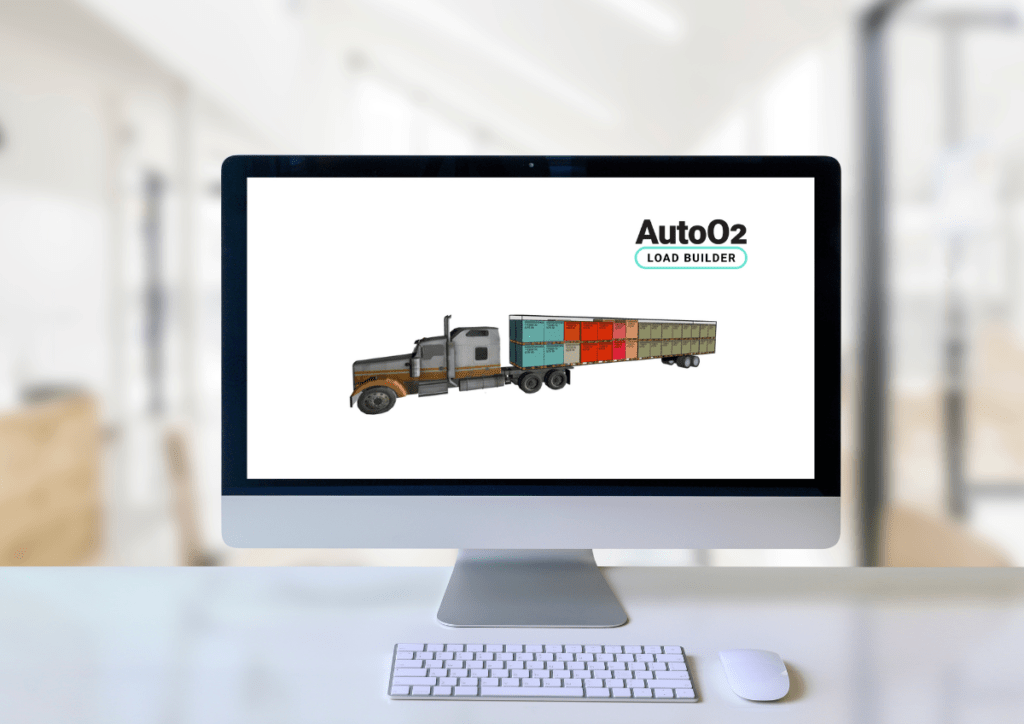Adapting supply chain and logistics to new demands is a challenge but necessary for the company’s success; new green approaches, new laws, and labor shortages, among other factors, affect performance.
Let’s take a look at California, for example. California’s new laws affect Long Beach and LA ports (handle about 40% of import volume) and suppliers:
AB5 – requiring companies that hire independent contractors to reclassify them as employees. Assemblywoman Lorena Gonzalez, a Teamsters member, pushed AB5 to eliminate independents.
Carriers try to get this reviewed by the Supreme Court – but many comply or go out of business. So, additional expenses and challenges connected to converting contractors to employees appear in addition to the driver shortage, which pulls rising wages.
Building restrictions – warehouse vacancy is among the lowest in the country.
Pollution mitigation – 3000 warehouses must mitigate diesel emissions by choosing from a menu of options to reduce or offset emissions.
Now warehouses are the villains in the Inland Empire in the Los Angeles area: The LA air pollution board wants to penalize warehouses because warehouses come in the set with trucks, and diesel generates 15% of the Nitrogen Dioxide that is claimed to kill people (albeit there is limited evidence of a direct causal link).
Diesel has risen and keeps rising (in California more than in other states).
Wall Street Journal called Walmart and Sysco as pushing vendor fines for missing “on-time, in-full” (OTIF) targets.
Suppliers find it really hard: tight labor, supply constraints, and carrier shortages.

Is there anything to do to mitigate those changes and ease the transformation to a green approach and strict rules for the suppliers?
The answer is yes!
We have a holistic SaaS (Software As A Service) solution, LevelLoad, to improve supply chain efficiency, mitigate deployment volatility, and use every shipment 100% by effective pallet and loading building.
LevelLoad uses load building optimization software AutoO2, which provides 3D and 2D instructions so easy to apply and load that even unskilled, newly hired, and inexperienced workers will make great pallet and load building by following them.
Every truck loaded by AutoO2 is entirely, legally, and safely loaded, with all restrictions and demands on the products and the itineraries.
Our customers keep their software or systems; we integrate LevelLoad or AutoO2 with existing products. Still, it significantly improves efficiency, decreases costs, carbon footprint, and labor, and helps quickly adapt the performance to new restrictions and demands.